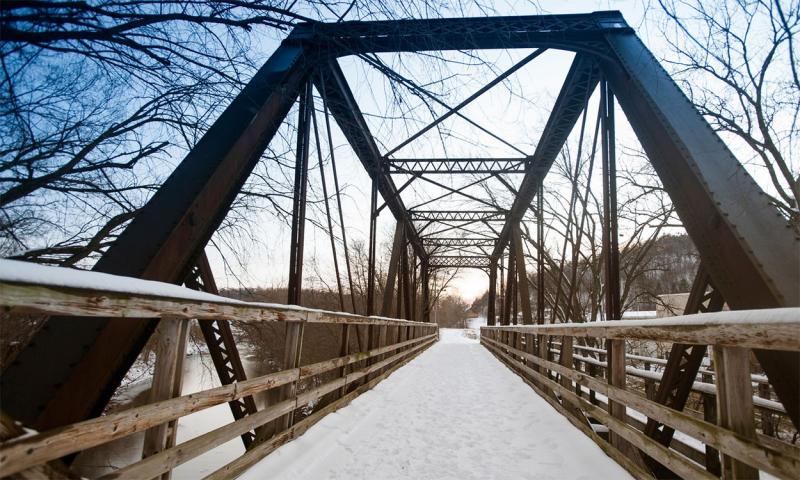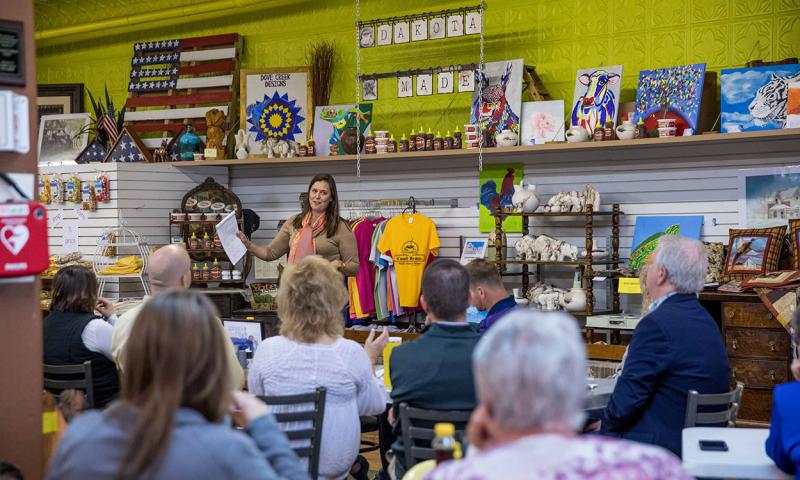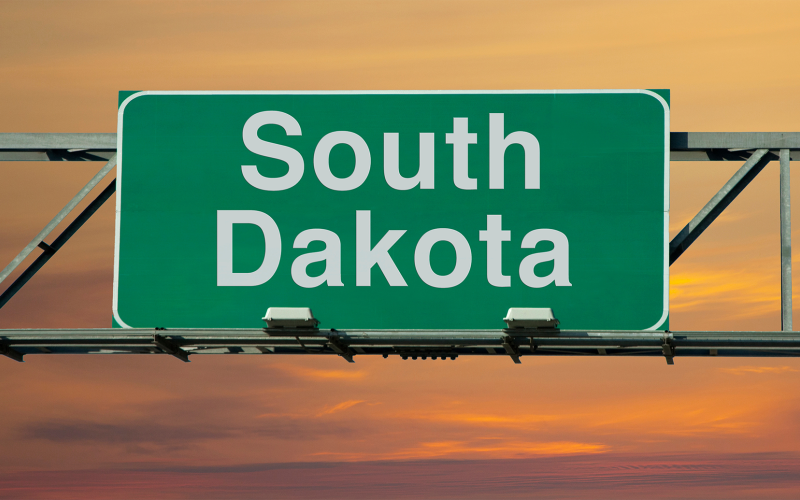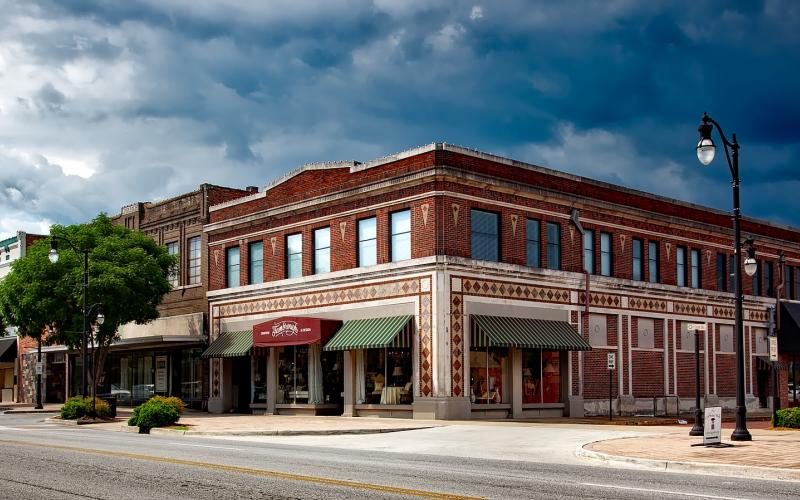
Recently I was reading an article about Lanesboro, Minnesota and learned that it was named one of the “20 Best Small Towns to Visit” by Smithsonian Magazine. In 2014, the entire town was declared an arts campus. How could Lanesboro be a really small town and in the “top-20” of anything with so many other towns in the nation to compete with? When I looked up the population of Lanesboro, it was 673 and, well, that probably does qualify as a really small town. It must be right on Interstate 90, right? After all, if it is a top-20 town to visit, it must be on an interstate highway. Well, no, that’s not it either. Lanesboro is about 35 miles south of I-90, which isn’t too far, but far enough away that people don’t stop there for a rest break and realize that they stumbled upon a really cool community.
Yet, Lanesboro has become a destination for hundreds of thousands of visitors. It all started in the 1970s with the conversion of an abandoned rail line into a bicycle trail. A citizen’s group formed to reconstruct the depot and that got the ball rolling. The city government, local organization and private individuals created a plan to focus on the region’s beauty, the arts and historic preservation.
Why do I share that story? Because I have heard people say, “We can’t do that, our town is too small” or “They could do it because their town is right along the Interstate.” The story of Lanesboro shows that those two statements are myths. Our community can be what we want it to be if we are willing to take the time and find the resources to create it.

How about the story of White Sulphur Springs, Montana, population of 1,012 (2019)? When Sarah Calhoun moved to White Sulphur Springs, it was located in what was the poorest county in the United States. In addition to starting her business, Red Ant Pants, (which is a fascinating story for another day), she launched a music festival with big-name talent. That festival brought thousands of music fans. The money generated helped finance rural businesses, which lead to a downtown in disrepair becoming revitalized with a number of new businesses opening. That county is no longer the poorest in the nation. It has a revitalized main street and will soon have a new school and library.
Is Sarah working to build the population of her community? Maybe a little, but not really. She moved to a small community, because she wanted to live in a small community. Sara said, “Getting bigger isn’t the solution. Getting better is.”
It is motivating to hear about these success stories, because big things can happen in small towns. Sarah Calhoun was our keynote speaker at our first Energize! conference in 2018, and she inspired many of the people who heard her speak about her life and work in White Sulfur Springs.
Danna Larson, founder of Rural Revival, says that your small-town dreams matter. She believes that small towns should be a place where dreams get to live. She asks what is holding you back from making our dreams live in our rural communities.
Maybe you just need some inspiration? Maybe you want to hear from others how they were able to make things happen? Many rural success stories have taken place right here in South Dakota. And that is what the annual Energize: Exploring Innovative Rural Communities conference is all about – energizing community members, so they can be inspired to bring those dream and success stories home to their community.
Every community member has an opportunity to play a role in the story of the community. And every community member is invited to attend and participate in the Energize conference. If you live in or work in a rural community, this conference is for you.


